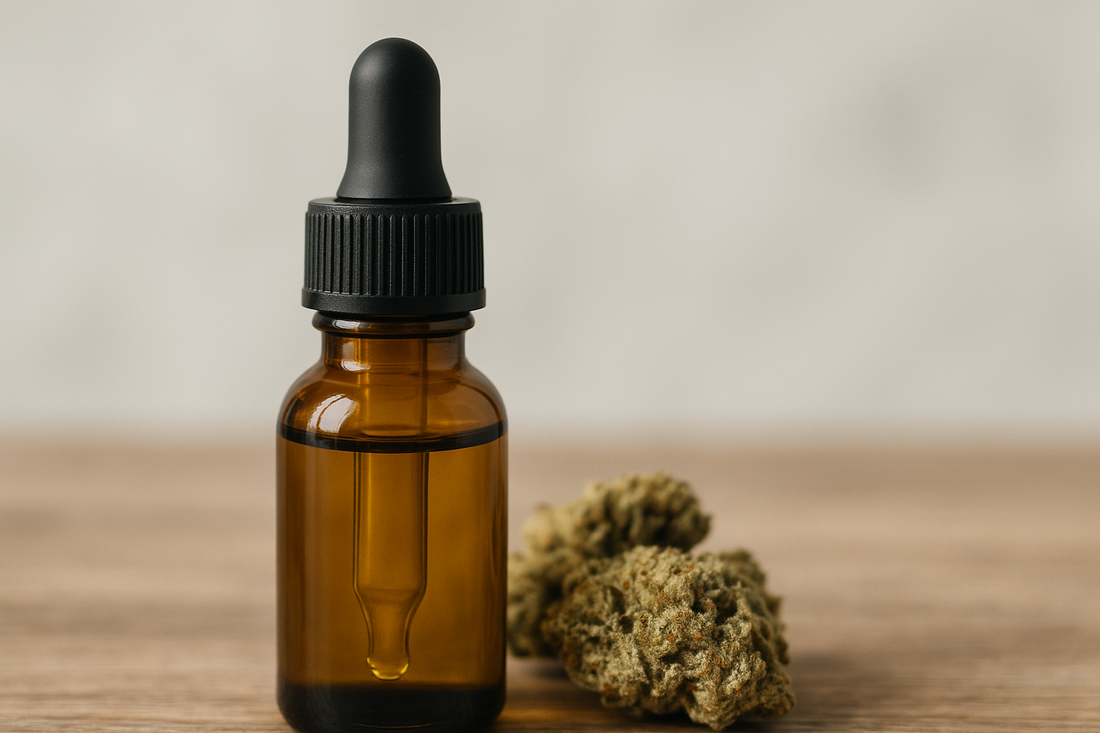
Top 10 Things About CBG (Cannabigerol)
Share
As awareness around hemp-based wellness continues to grow, CBG (Cannabigerol) is stepping into the spotlight. From oils and capsules to skincare, edibles, and even pet supplements, CBG is making its way into everyday health routines across the globe.
But despite its rising popularity, many consumers are still unfamiliar with this fascinating cannabinoid. If that sounds like you, don't worry—you’re not alone. In this guide, we’ll break down the top 10 facts you need to know about CBG, and why it's being hailed as the "mother of all cannabinoids."
CBG Is the "Mother Cannabinoid"
CBG is often referred to as the precursor to all other cannabinoids. In its raw form (CBGA), it eventually converts into CBD, THC, and other cannabinoids as the cannabis plant matures. But when harvested early, CBG can be isolated in its purest, non-psychoactive form—preserving its unique health benefits.
CBG Won’t Get You High
Like CBD, CBG is non-intoxicating. In fact, it may actually counteract the psychoactive effects of THC. As an antagonist to certain brain receptors, CBG helps reduce the chances of experiencing a “high” or THC-induced anxiety, making it a safe choice for those seeking balance without euphoria.
Supports Stress Management
CBG helps increase GABA levels—a neurotransmitter responsible for calming the nervous system. It also interacts with serotonin receptors, which play a role in regulating mood and emotional resilience. This makes CBG a potential natural ally for easing daily stress and tension.
Natural Discomfort Relief
One of CBG’s most notable traits is its ability to promote physical comfort. Studies suggest that CBG may offer stronger analgesic effects than THC, and its ability to inhibit GABA reuptake could make it a superior option for natural pain relief.
Powerful Anti-Inflammatory Benefits
Whether you’re dealing with joint issues or internal inflammation, CBG has shown promising anti-inflammatory properties. According to research published in the British Journal of Pharmacology, CBG may outperform traditional cannabinoids like THC when it comes to pain and inflammation management.
Acts as a Natural Muscle Relaxant
A study by cannabinoid expert Ethan Russo suggests that CBG may serve as a natural muscle relaxant, making it potentially effective in relieving muscle stiffness, post-workout soreness, and chronic pain conditions.
May Help Manage Glaucoma
Animal studies have shown that CBG can reduce intraocular pressure—a key issue in glaucoma. By improving fluid drainage and pressure regulation, CBG may support overall eye health and offer a natural alternative to conventional treatments.
Neuroprotective for Huntington’s Disease
CBG has demonstrated neuroprotective potential in preclinical models of Huntington’s disease, a neurodegenerative condition. Research in mice shows CBG may protect nerve cells, preserve brain function, and reduce disease-related motor symptoms.
Natural Antibacterial Agent
A 2020 study found that CBG has potent antibacterial properties, especially against drug-resistant bacteria like MRSA. This opens up exciting potential for CBG in topical applications for skin infections and wound healing.
May Inhibit Cancer Cell Growth
Early research on colon cancer models in animals suggests that CBG may help block receptors responsible for cancer cell growth, particularly in colorectal tumors. While more research is needed, these findings point to a promising role for CBG in cancer prevention and treatment.
Final Thoughts
CBG is proving to be far more than a health trend. From pain and stress relief to neuroprotection and immune support, this cannabinoid offers an impressive range of wellness benefits—without the high.
